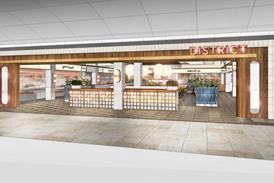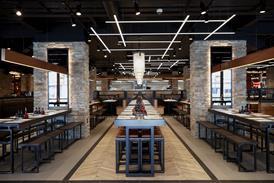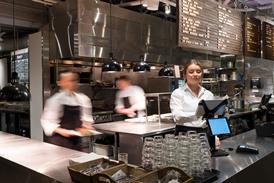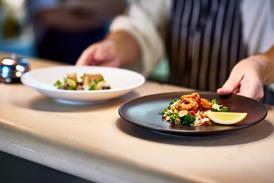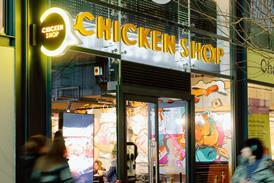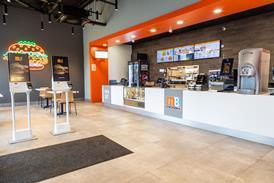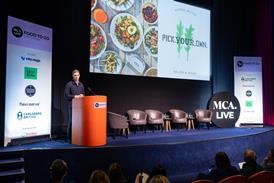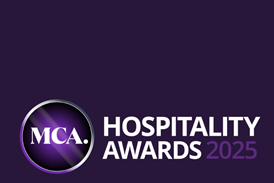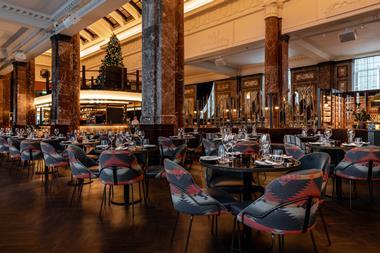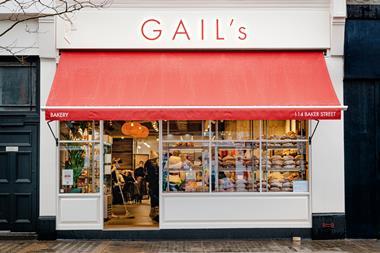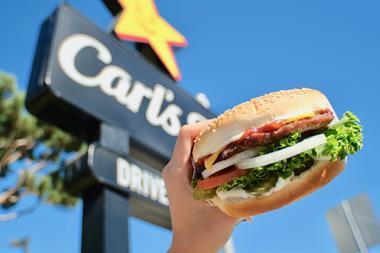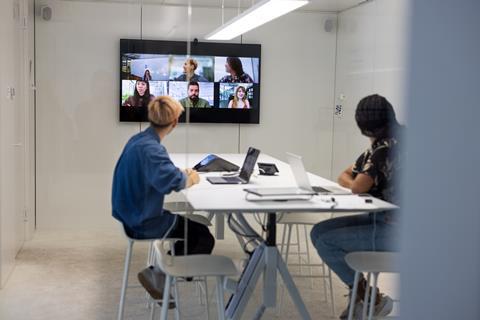
As restaurateurs face a perfect storm of spiralling labour costs and continuing operational expenses, labour allocation is becoming the most expensive decision they make each week.
But what if we view rising labour costs as a catalyst for positive change instead of a threat?
It’s time to borrow a page from the tech industry’s playbook and consider how an agile mindset could play out in hospitality organisations.
At its core, agile is about adaptability, continuous improvement, and valuing people over processes. Does this sound familiar? It should. These principles are the very essence of great hospitality.
Let’s start with the most crucial agile tenet: individuals and interactions over processes and tools.
In our industry, this translates to empowering our teams. Yes, labour is expensive, but it’s also our greatest asset. By fostering a culture of trust and autonomy, we enable our staff to respond swiftly to changing customer needs and operational challenges.
Cross-training teams across different roles is a necessity. As we add another daypart to the menu, a server who can step into the kitchen during a rush or a cook who can manage front-of-house duties during slower periods creates a more resilient and adaptable operation.
This flexibility improves labour deployment and contributes to staff development. Consider the jobs to be done in a restaurant and the amount of cross-training required. Are there any opportunities to completely eliminate some of those responsibilities?
Next, let’s talk about customer collaboration, another key agile principle. In our industry, this means actively seeking and responding to customer feedback.
Empower your staff to make on-the-spot decisions to improve the customer experience. A server authorised to offer a generous complimentary item to compensate for a long wait isn’t just solving a problem; they’re creating a loyal customer differently than discounting your food through a loyalty program. What if we could replace three staff on tills with a host who, instead of punching orders in, focuses on talking to the customers and, with eyes up, can observe what is happening front-of-house?
Responding to change rather than following a plan is another agile principle that resonates in our industry. Rather than rigid long-term strategies, focus on creating flexible systems that can adapt to customer preferences or economic conditions. Yes, the last five years have made the HQ teams quite agile, but what does this look like in-store? Do the kitchen layout and technology support the flexible labour deployment system?
Continuous delivery and improvement, cornerstones of Agile methodology, are equally vital in hospitality. Instead of significant overhauls, focus on making minor, incremental improvements to your operations daily. When you democratise data to give context to your teams and clarify what you’re looking to improve, they start getting curious about inefficiencies and propose solutions. These small wins can add up to significant savings over time.
Now, let’s address technology. While agile principles prioritise individuals over tools, technology can be crucial in supporting our agile transformation. Self-order kiosks, digital ordering systems, and kitchen management software can free your team from routine tasks, allowing them to focus on higher-value customer interactions.
However, it’s crucial to remember that these tools should support your team, not replace them - we prioritise our staff by giving them the tools they need to get the job done.
Implementing these agile principles will take time, and it’s not a silver bullet for rising labour costs. But it offers a framework for creating more efficient, adaptable, and customer-focused operations that thrive even in challenging economic conditions.
Start small—experiment with cross-training in one area of your restaurant. Implement a system for gathering and acting on real-time customer feedback. Encourage your team to propose one operational improvement each week. Learn from these experiments, refine your approach, and gradually expand.
As we navigate these challenging times, let’s not only obsess over cutting costs. Instead, let’s invest in our people, empower our teams, and create systems that allow us to adapt quickly to change.
By embracing an agile mindset, we can build restaurants that are not just surviving but thriving by becoming even more flexible, adaptive, and people-centric. This industry already values creativity and problem-solving, but we still have to figure out how that fits with rigid hierarchies and processes.
The question isn’t whether we can afford to embrace this new way of thinking. In the face of rising costs and increasing competition, the real question is: can we afford not to?
- This content is provided by Vita Mojo. Vita Mojo supplies end-to-end, flexible Order Management Systems to 150+ brands worldwide, including Subway, LEON and YO!

